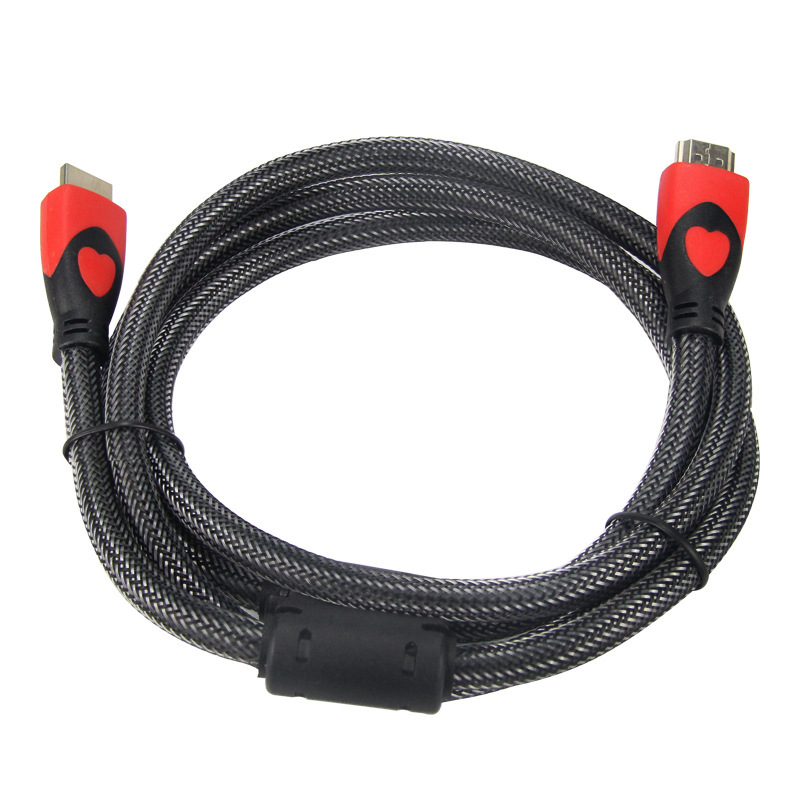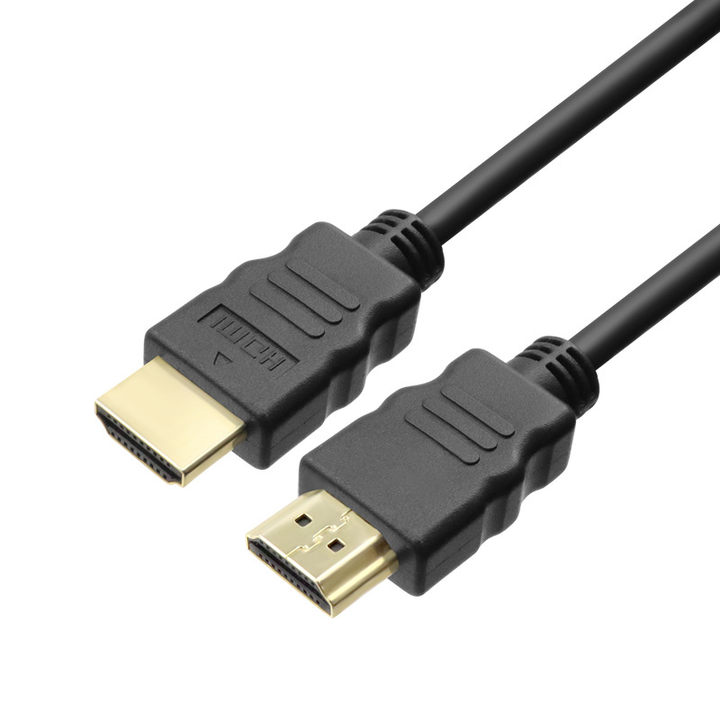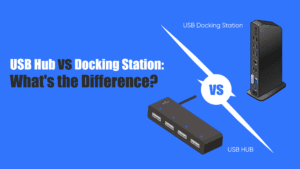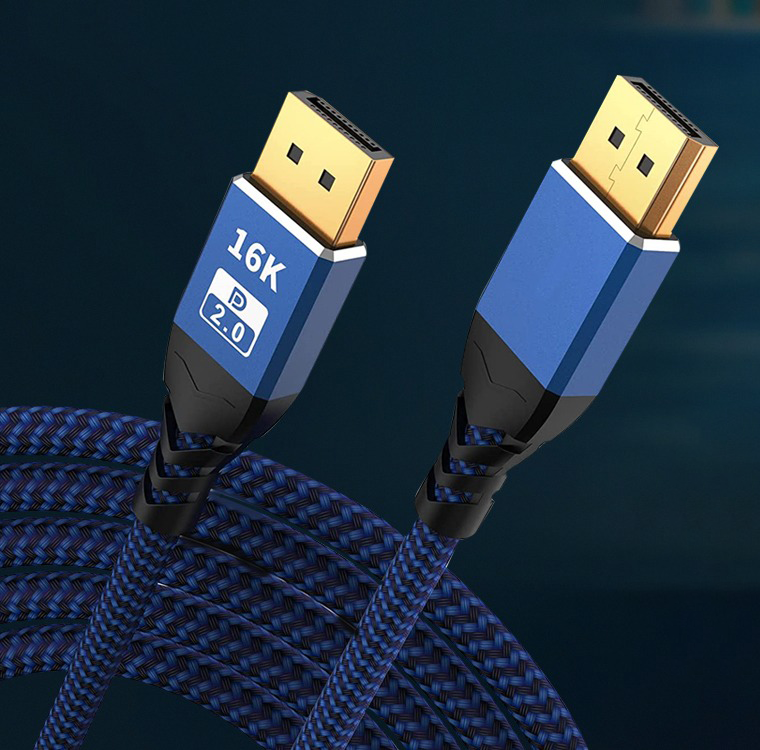Why does your 4K TV sometimes show a blurry picture or your game have lag? The culprit might be the HDMI cable behind your device. Not all HDMI cables are the same. Choosing the right one depends on your equipment and needs. Let’s break down the key differences between Regular, High – Speed, and Ultra – High – Speed HDMI cables.
What Makes Each HDMI Cable Unique?
1. Regular HDMI Cable (HDMI 1.4)
Think of this as the basic model. It has a bandwidth of 10.2 Gbps, which is enough for HD content like 1080p movies or TV shows from a satellite box or DVD player. However, it struggles with 4K. It can handle 4K resolution but only at 30Hz, which may cause choppy motion in fast – paced scenes. There’s no special certification label for it, so just look for “Standard HDMI” on the packaging.
2. High – Speed HDMI Cable (HDMI 2.0)
This is the sweet spot for most 4K home theaters. With a bandwidth of 18 Gbps, it supports 4K at 60Hz, making it perfect for 4K TVs and Blu – ray players. It also works with HDR (High Dynamic Range) for better colors and contrast, as well as 3D content. To ensure quality, look for the “Premium High Speed” certification label. Some versions come with an Ethernet channel, but this feature is rarely used now.
3. Ultra – High – Speed HDMI Cable (HDMI 2.1)
Gamers and 8K enthusiasts, this one’s for you. Boasting a 48 Gbps bandwidth, it can handle 8K at 60Hz and 4K at a super – smooth 120Hz. It supports advanced gaming features like Variable Refresh Rate (VRR) to eliminate screen tearing and Auto Low Latency Mode (ALLM) for faster response times. It also has eARC for high – quality audio like Dolby Atmos. Check for the “Ultra High Speed” label with a scannable QR code to verify its authenticity.
4. Ultra96 HDMI Cable (HDMI 2.2)
The newest kid on the block, released in 2025, offers a massive 96 Gbps bandwidth. It can handle extreme resolutions like 12K at 120Hz and 16K at 60Hz, making it future – proof for next – gen devices. If you’re planning to upgrade to cutting – edge displays, this is the cable to watch out for.
Quick Comparison Table
Cable Type | Bandwidth | Max Resolution/Refresh Rate | Key Features | Certification Label | Best For |
Regular | 10.2 Gbps | 4K@30Hz, 1080p | Basic HD support | None | DVD players, older TVs |
High – Speed | 18 Gbps | 4K@60Hz, HDR, 3D | 4K home theater | Premium High Speed | 4K TVs, Blu – ray players |
Ultra – High – Speed | 48 Gbps | 8K@60Hz, 4K@120Hz, VRR, eARC | Gaming, 8K displays | Ultra High Speed (QR code) | PS5, Xbox Series X, 8K TVs |
Ultra96 (HDMI 2.2) | 96 Gbps | 12K@120Hz, 16K@60Hz | Next – gen ultra – high res | Ultra96 | Future 12K/16K devices |
Common Myths Debunked
- Myth: All HDMI cables are the same.
- Myth: You need an expensive “fancy” cable for better picture quality.
- Myth: Longer cables always mean worse signal.
Which One Should You Choose?
- Go for a Regular HDMI cable if you have an older HD TV or DVD player.
- Pick a High – Speed HDMI cable for a 4K TV with HDR.
- Get an Ultra – High – Speed HDMI cable for gaming consoles (PS5/Xbox) or 8K TVs.
- Consider Ultra96 HDMI if you want to future – proof for 12K/16K tech.










